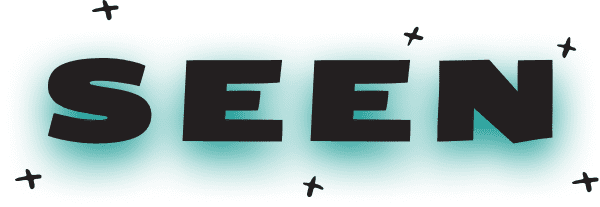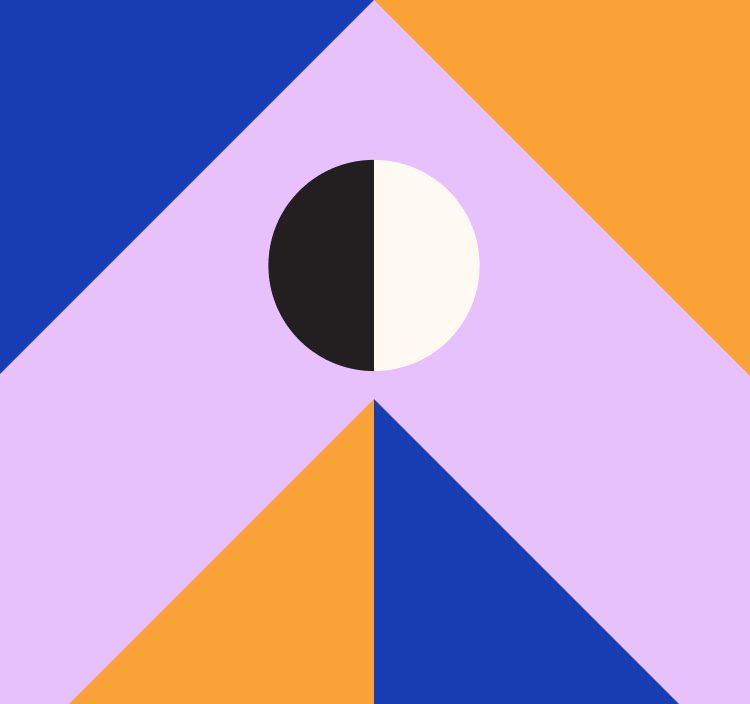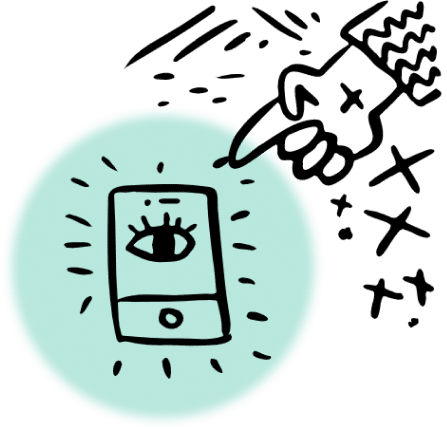In our increasingly interconnected world, products are becoming more sophisticated and connected. From smart lightbulbs to intelligent doorbells and robotic vacuums to wireless multi-room speaker systems, connected products are revolutionizing how we interact with our surroundings. Along with these smart products come the native iOS and Android apps that connect them.

Smart devices including vacuums, thermostats, speakers and doorbells are becoming more prevalent in our homes.
When users download the native app to set up their smart product, they gain features and functionality that help make the product even smarter. The native app extends the product’s capabilities, giving users more control and insight beyond the product itself.
A compelling native app goes beyond being a mere remote control and evolves the overall product experience; if done well, it can become a product’s key differentiator.
Compelling Native Apps for Smart Products Must Deliver Value & Delight
Compelling native apps depend on one essential factor: they must deliver value to the user. Among the many features an app provides, those that offer value will engage users and entice them to return for more. They make using the product enjoyable and insightful, providing right-time guidance that creates a feeling of, “Wow, that was so easy; I love this!” The main challenge is identifying the specific features that will create an engaging and captivating experience.
If you are like most product teams, you likely have a lengthy list of brainstormed feature ideas. However, great apps are not the sum of everything they can do; they are focused and have a select set of impactful features. In other words, great apps excel at doing a few things exceptionally well instead of trying to do everything for everyone.
We can use the SEEN (Support, Enable, Extend, Notify) framework to help guide your app toward the most compelling features. The SEEN framework helps narrow down your team’s lengthy list of feature ideas into a short, essential list that will make your companion app irresistible.
So let’s dive in and explore this framework!

1. Support: Creating a UX Foundation for Success
The first category of the SEEN framework is Support. Support refers to features that help the user orient, use, and troubleshoot your product. The initial experience with your product profoundly impacts how customers perceive and engage with it in the future.
A frustrating first impression can lead to an overall negative experience. That’s why your connected app’s onboarding experience can be critical in making a lasting positive impression.
A seamless onboarding experience introduces users to the features and functionality of your product. A well-designed onboarding flow gives the user confidence in operating your product and a better understanding of how and when they can use it.
However, ‘Support’ doesn’t stop after onboarding; apps must provide ongoing support and education throughout using your product. Take, for example, Wifi disconnection. Wifi disconnection can be a common challenge that the app can help with. The app can support the user by guiding them through the necessary steps to reconnect. Or maybe your product has multiple modes. The app can educate users on how to set up and use the different modes correctly.
2. Enable: Giving the User Access to Your Smart Product’s Potential
Next up in the framework is “Enable,” which plays a pivotal role in your app’s user experience. This part of the framework encompasses the functionalities that enable users to control and access your smart product’s full range of features. By providing “enable” features, users gain the freedom and flexibility to operate the product anytime from any location.
For instance, imagine being able to initiate your smart vacuum while you’re busy shopping for groceries. This capability ensures that you return to a spotless home without lifting a finger. And while you are at it, you can set your smart air conditioner to the perfect temperature before you get home.
However, “Enable” goes beyond just operating the smart product. It opens doors to a world of personalization and customization, allowing users to create profiles, set preferences, and configure settings tailored to their unique needs. For example, by incorporating personalized fitness and sleep goals into a fitness tracker, users can track their progress more effectively and receive targeted insights for achieving their specific health objectives.
By incorporating robust enable features, your app becomes a must-have tool to unlock the full potential of your smart product, providing users with seamless control, convenience, and personalization tailored to their preferences.
3. Extend: Going Beyond Your Smart Product’s Core Feature Set
Now, let’s dive into the “Extend” category of the framework. “Extend” refers to those functionalities that take the user’s experience beyond the confines of the product itself. These features provide users with a broader perspective and added value.
Take, for instance, a smart air conditioner app. As part of the “Extend” category, this app collects various data points such as usage, energy consumption, and user preferences.
Through advanced analytics, the app utilizes this data to generate valuable insights into your usage patterns. It presents comprehensive reports and visualizations, enabling you to better comprehend your energy consumption habits. With this knowledge, you can make informed decisions to optimize energy usage and adopt more eco-friendly practices.
Furthermore, an “Extend” feature can unlock entirely new aspects of product usage. Let’s consider the example of a smart doorbell. By utilizing the app, you can go beyond the conventional feedback provided by a doorbell and experience it as a time machine, granting you the ability to view past events. Additionally, it can serve as a remote peephole, allowing you to check for the presence of packages or visitors at your doorstep.
The power of “Extend” features lies in their capacity to transcend the boundaries of the core product, providing users with enriched experiences and expanded functionalities. Whether through insightful data analysis or novel usage scenarios, these features elevate the user’s interaction with the product.
4. Notify: Sending Relevant and Timely Information
We’ll end the framework with “Notify”. As the name implies, “Notify” refers to sending the user notifications. Notifications can alert the user to a new activity or celebrate a milestone. Sometimes, notifications alone make the product smart, allowing the user to walk away and focus their attention elsewhere. They should be considered a core part of the user’s journey with your product.
Now, let’s go back to the smart vacuum cleaner. As the robot sucks dirt from room to room, it can notify you when it gets stuck and needs your help untangling it from the rug. Later, it will alert you when it’s finished cleaning so you can return to the room and enjoy the fresh vacuum feeling.
It should be noted that notifications should inform, not harass, the user. When implementing notifications, use them sparingly for the most critical actions.
Leveraging the SEEN Framework to Design Valuable Native Apps
Now that you are familiar with the SEEN framework, it’s time to put it to use. Gather your team and brainstorm ideas using this framework. You can also use it to narrow down your list of ideas. Alternatively, organize your existing features to identify gaps and opportunities across the different categories of SEEN. However you choose to use it, aim to create compelling apps that go beyond a remote control to Support, Enable, Extend, and Notify.


